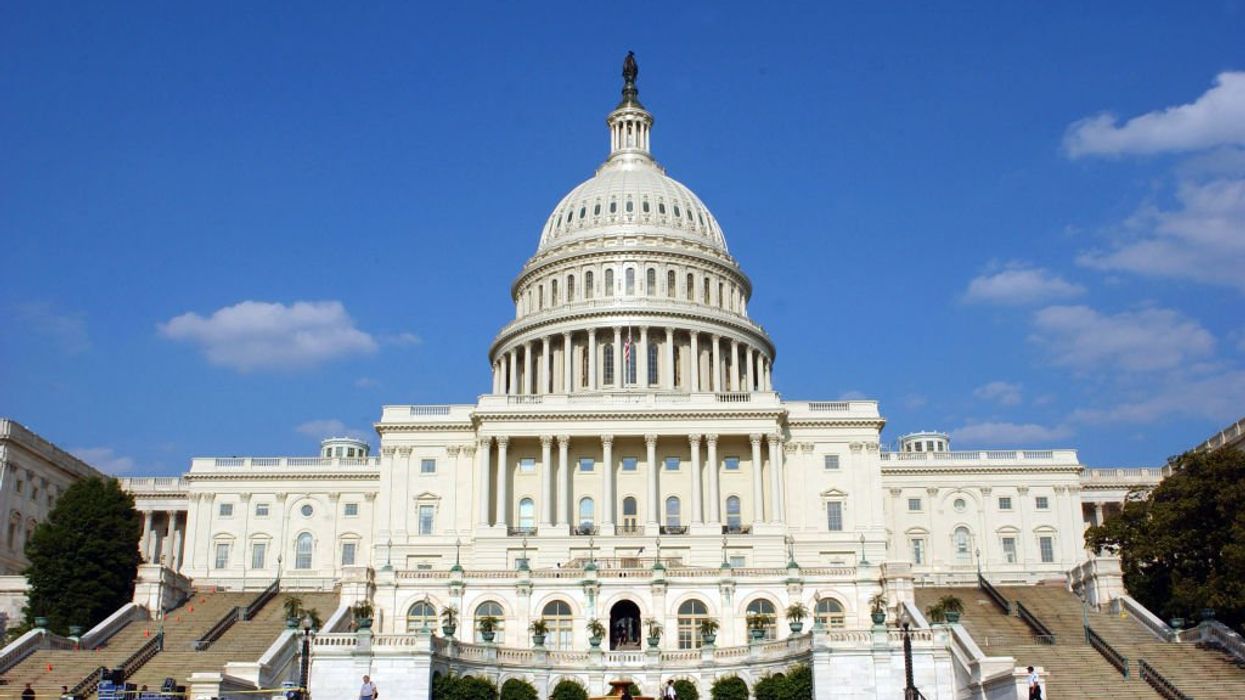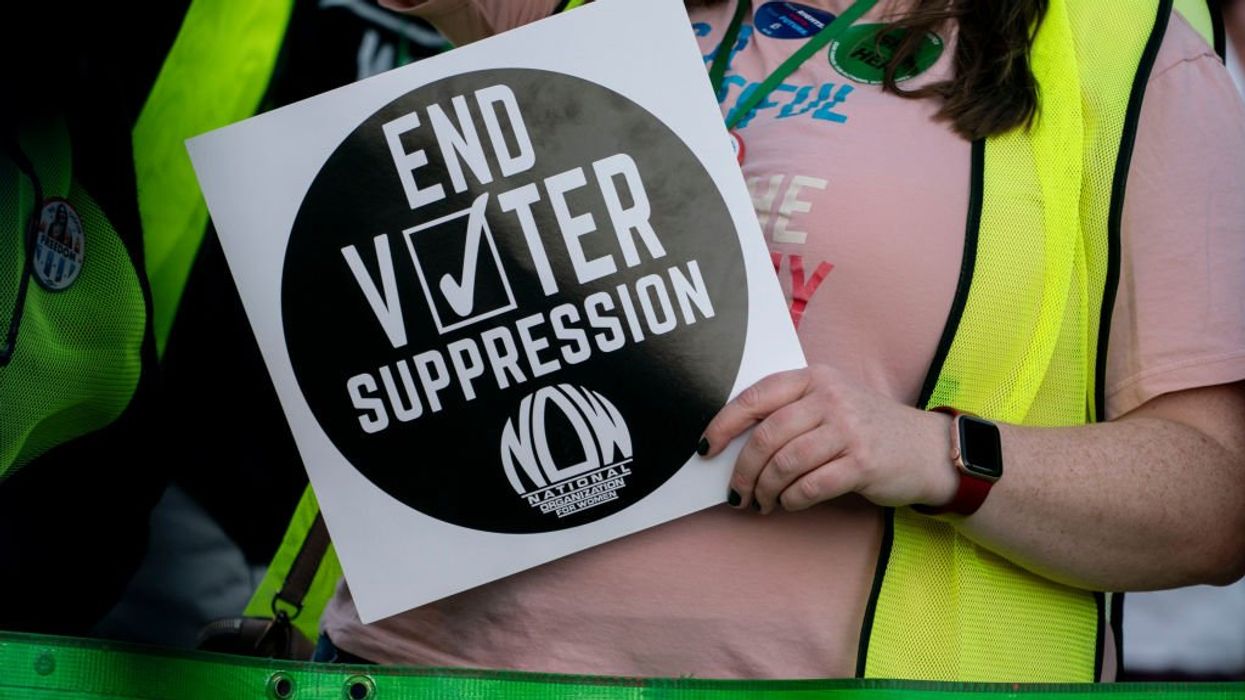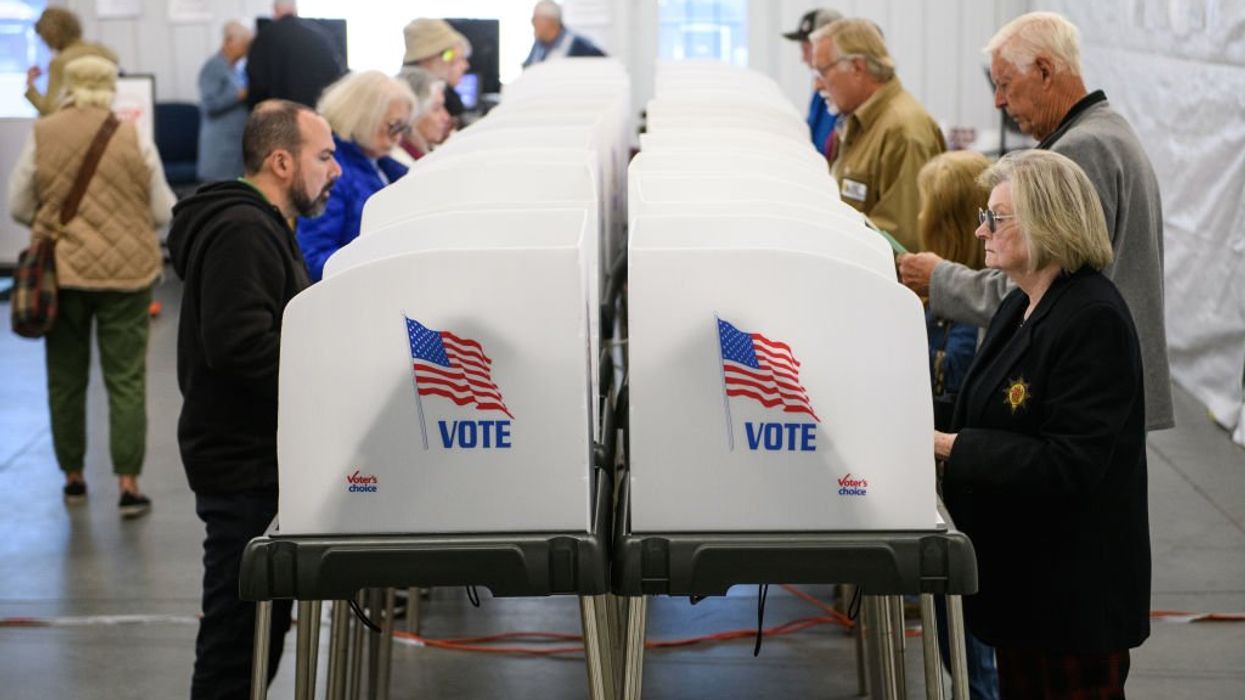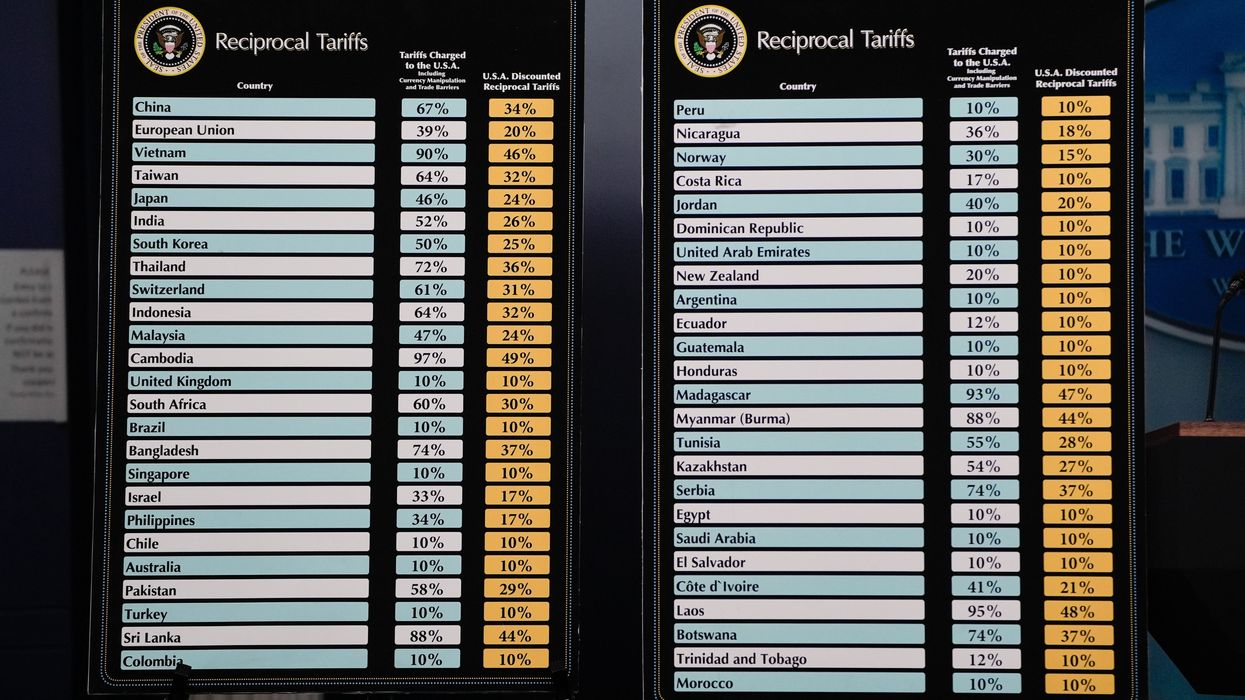The history of taxation in American has a long and infamous history. Since the imposition of the very first tax — The Navigation Tax of 1651 — taxes have been wildly unpopular in America. When the Constitution was written and ratified, the only taxes allowed were to pay the debt and provide for the common defense and general welfare. At times, taxation was implemented during wars to fund the government and the war effort, with no intention of becoming permanent. However, since 1913, the United States of America has adhered to a communist plank second only to the abolition of all private property: a progressive or graduated income tax.
What purpose does an income tax serve? In our four-part series on taxes, we’ll explore its history in America and how a tax once promised to never climb above seven percent has, at times, ballooned to 77 percent at the hands of an out-of-control government.
The four-part series is compiled below for your convenience.
Part I: How Income Tax Began
When the Constitution was written and ratified, the only taxes allowed by America's founding document were to pay the debt and provide for the common defense and general welfare. "Welfare" meant the general well-being of the people, not government handouts to people who didn't work for a living.
During the War of 1812, Congress imposed America's first sales tax. But even then, just on gold, silverware and jewelry. Amazingly, in 1817, several years after the war of 1812 had been won, Congress ended all internal taxation on Americans, including sales tax, relying solely on tariffs on imported goods to fund the government.
It wasn't until the Civil War of 1862, in order to pay for the increasingly high cost of the war that the United States Congress adopted America's first income tax --- three percent for wage earners between $600 and $10,000, and higher for those making over $10,000. Sales and excise taxes were imposed, as well as the nation's first inheritance tax. The Commissioner of the Internal Revenue Office was created and granted the power to levy and collect taxes, a power the Constitution had given solely to the United States Congress. In 1872, with the Civil War long over, Congress eliminated the income tax.
Then came the era of progressivism.
After progressive Democrat Woodrow Wilson was elected president in 1912, the Sixteenth Amendment to the Constitution made the income tax permanent in 1913. The amendment gave Congress the legal authority to tax income --- of both individuals and corporations. Advocates promised the highest tax rate would never climb above seven percent, but just two years later, it was already at 15 percent.
With the onslaught of World War I, the federal government made the case that tax rates must be raised to finance the war effort. In 1916, the top rate leapt from 15 to 67 percent, and the next year to 77 percent. Two constitutional presidents --- Warren Harding and Calvin Coolidge --- fought and succeeded in cutting spending by 50 percent and lowering income tax rates. By 1925, the tax rate had been slashed from 77 percent to 25 percent.
Throughout our nation's history, the wealthy have been punished with egregious taxes, but nothing could compare to the unbelievable burden placed on the most successful Americans in 1944, when the federal government raised the top tax rate to 94 percent of every dollar earned over $200,000. It's difficult to believe that any American would find it right and moral for a government to confiscate all but six to 10 percent of a person's income.
The highest rate fell from 70 to 50 percent in 1981 and then to 28 percent in 1986.
It should be noticed that the second plank of the Communist Manifesto, right after the abolition of all private property, is a progressive or graduated income tax. The United States of America has adhered to that communist plank since 1913. The nation that first instituted communism --- Russia --- abandoned the progressive or graduated income tax in 1998 for a flat tax of 13 percent, growing the country's revenue by 28 percent.
Part II: What Is a 'Fair' Income Tax Rate?
Americans hear the refrain "fair share" virtually every day from left-wing sources like socialist Bernie Sanders and progressive Hillary Clinton who believe businesses and the rich must pay their fair share of taxes.
So what is the fair share for the wealthy? It's nearly impossible to pin the left down on an actual number. According to them, it's simply more --- more than the 42.6 percent in federal taxes currently being paid by those in upper income brackets. It's apparently entirely fair to the left that 50 percent of Americans right now pay zero federal income tax, and some even enjoy what's called a negative tax rate.
FDR told Americans paying higher taxes was a privilege. He also believed, at a times of great national danger, no American citizen ought to have a net income of more than $25,000 a year after paying taxes. It seems reasonable to assume that Karl Marx would have agreed. The outrageously high taxes throughout the '30s and the '40s certainly didn't help America pull out of the worst depression in American history.
As it stands now in the United States, the top one percent of wage earners, those who are continually disparaged by the left in America, bring home nearly 18 percent of the nation's income. But they pay 35 percent of all federal income taxes. That would seem, to some, almost double their fair share.
So what happens when the tax rate is raised significantly? Study after study has shown that when taxes are lowered, it stimulates the economy and brings in more revenue. For example, during the Roaring Twenties, tax rates were slashed dramatically, dropping from over 70 percent to less than 25 percent. Personal income tax revenues increased from $719 million in 1921 to $1,164,000,000 in 1928, an increase of more than 61 percent. Increasing taxes also hurts the tax base, as oftentimes people and businesses flee higher tax states for lower tax states.
In 2012, French socialist candidate for president, Francois Hollande, proposed a massive 75 percent income tax on the wealthiest citizens. It didn't go over well with some of France's most well-known millionaires. French actor Gerard Depardieu was personally handed a new Russian passport by the President Vladimir Putin after Depardieu was granted Russian citizenship. The tax revenue from the super tax was down significantly from the first year to the next, while the deficit skyrocketed another $97 billion. In January of 2015, the French government quietly killed the tax.
Unfortunately, historic lessons once learned have been unlearned. Instead, the mindset is now this very much in step with the socialist and communist planks of punishing the wealthiest producers with the highest taxes --- completely antithetical to the Founders' position on taxation.
Part III: The Reagan Years
During the presidential election of 1976, then president Gerald Ford and candidate Jimmy Carter battled over taxes in a debate. Carter’s class warfare argument resonated with enough Americans to help win the election. Under Carter, taxes remained over 70 percent for the wealthiest Americans while the economy was the worst in peacetime since the Great Depression. Interest rates, unemployment and inflation all skyrocketed under Carter, and Americans endured gas lines and shortages and a general dampening of American morale.
Into this environment came a former actor, former governor of California — Ronald Wilson Reagan.
His middle name “Wilson” was an ode by his parents to Woodrow Wilson. However, he couldn’t have been more different from his namesake. Reagan was a true conservative, socially and fiscally. He received advice from economists like Art Laffer and Milton Friedman. After his election in 1980, Reagan promptly fought for and obtained a massive tax cut in 1981, lowering the top tax rate to 50 percent. It sparked the economy and pulled the United States out of its economic and morale malaise.
In 1985, from the Oval Office, Reagan pitched further tax cuts to his fellow Americans.
In 1981, our critics charged that letting you keep more of your earnings would trigger an inflationary explosion, send interest rates soaring and destroy our economy. Well, we cut your tax rates anyway by nearly 25 percent. And what that helped trigger was falling inflation, falling interest rates and the strongest economic expansion in 30 years. Over the course of this century, our tax system has been modified dozens of times and in hundreds of ways. Yet, most of those changes didn’t improve the system. They made it more like Washington itself: complicated, unfair, cluttered with gobbledegook and loopholes designed for those with the power and influence to hire high-priced legal and tax advisers.
But there’s more to it than that. Some years ago, an historian, I believe, said that every time in the past, when a government began taxing above a certain level of the people’s earnings, trust in government began to erode. He said it would begin with efforts to void paying the full tax. This would become outright cheating and eventually a distrust and contempt of government itself until there would be a breakdown in law and order.
Well, how many times have we heard people brag about clever schemes to avoid paying taxes, or watched luxuries casually written off to be paid by somebody else, that somebody being you? I believe that in both spirit and substance, our tax system has come to be un-American. How would the proposal work?
The present tax system has 14 different brackets of tax rates, ranging from 11 to 50 percent. We would take a giant step toward an ideal system by replacing all of that with a simple three-bracket system, with tax rates of 15, 25, and 35 percent. By lowering everyone’s tax rates all the way up the income scale, each of us will have a greater incentive to climb higher, to excel, to help America grow. The power of these incentives would send one simple, straightforward message to an entire nation: America, go for it.
To young Americans wondering tonight, where will I go? What will I do with my future? I have a suggestion: Why not set out with your friends on the path of adventure and try to start up your own business? Follow in the footsteps of those two college students who launched one of America’s great computer firms from the garage behind their house. You too can help us unlock the doors to a golden future. You too can become leaders in this great new era of progress, the age of the entrepreneur.
Reagan and his policies, derisively referred to as Reaganomics, were mocked by the left. He was called stupid, reckless and senile. However, Reagan succeeded in lowering taxes. In fact, instead of 35 percent for the top rate, he actually lowered it to just 28 percent in 1986 --- the American economy boomed.
Today, many of the same people who reviled Ronald Reagan sing his praises.
Part IV: The 2016 Candidates
Proponents of high income taxes have long had one undeniable problem: The facts are not on their side. When taxes go up, revenues go down. However, the answer to that problem for high taxation advocates is simple --- ignore it. Instead, they change the argument and focus on fairness, playing on Americans' emotions and inciting class envy.
During the 2008 presidential campaign, Barack Obama discussed why he would raise capital gains taxes despite evidence it would lower revenues. His answer? It boils down to a matter of "fairness."
So how is it fair that the top one percent of wage earners in America today --- who bring home only 18 percent of U.S. income --- pay 35 percent of all federal income tax? The bottom 47 percent of wage earners pay zero income tax. The current rate on Americans' top income bracket is 40 percent, yet somehow the class warfare rhetoric continues unabated.
America faces a choice. Bernie Sanders' plan is to raise taxes by "a damn lot" and redistribute the wealth. As a result of his plan to institute so many socialist policies, like free college education for everyone, he will have to raise taxes across the board. For the wealthiest, some speculate his references to the 90 percent rate under Eisenhower is the figure he has in mind.
Hillary Clinton's plan is also to raise taxes on the wealthy and redistribute the wealth.
Donald Trump's plan is to raise taxes on the wealthy and redistribute the wealth.
Ted Cruz's plan is to cut taxes for everyone, institute a flat 10 percent tax --- with taxpayers under $50,000 paying zero --- and eliminate the IRS. The Nonpartisan Tax Foundation estimates it would produce 4.9 million new jobs, increase capital investments and increase after-tax income of every single income group in America by double digits, at least 14 percent.
As Americans finalize their taxes for 2015 and go to the polls during the primary season and the general election, they are confronted with a clear choice, perhaps the clearest choice in American history. Does America become more like Denmark and Sweden or go back to being more like the United States of America?












